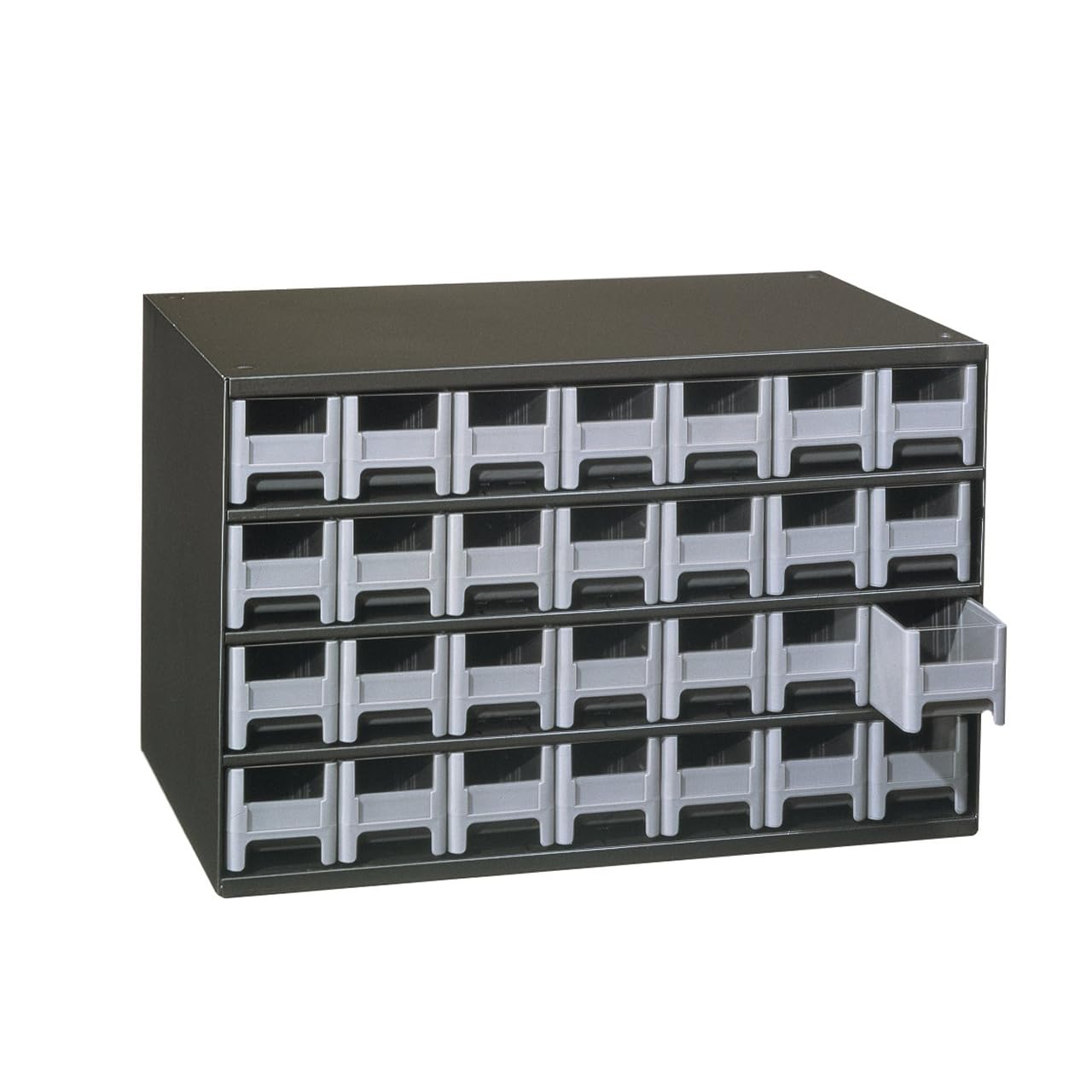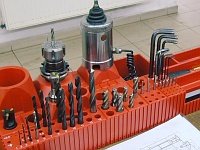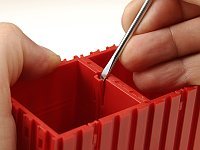SDConcepts
Stainless
- Joined
- Mar 1, 2007
- Location
- warren, mi
i'm looking for a good professional solution. i have looked at all the hout cabinets but we have a ton of odd and extra sizes that don't fit into them. right now i have a giant drawer full of them, and some are in packages and some aren't, some are tiny and some are big. right now that drawer is a giant mess.
i have thought about taking a second drawer and separating the metrics and then i was going to do drawer dividers to cover a range of reamer sizes say .001 - .25 then .25-.5 and so on.
i have thought about taking a second drawer and separating the metrics and then i was going to do drawer dividers to cover a range of reamer sizes say .001 - .25 then .25-.5 and so on.












